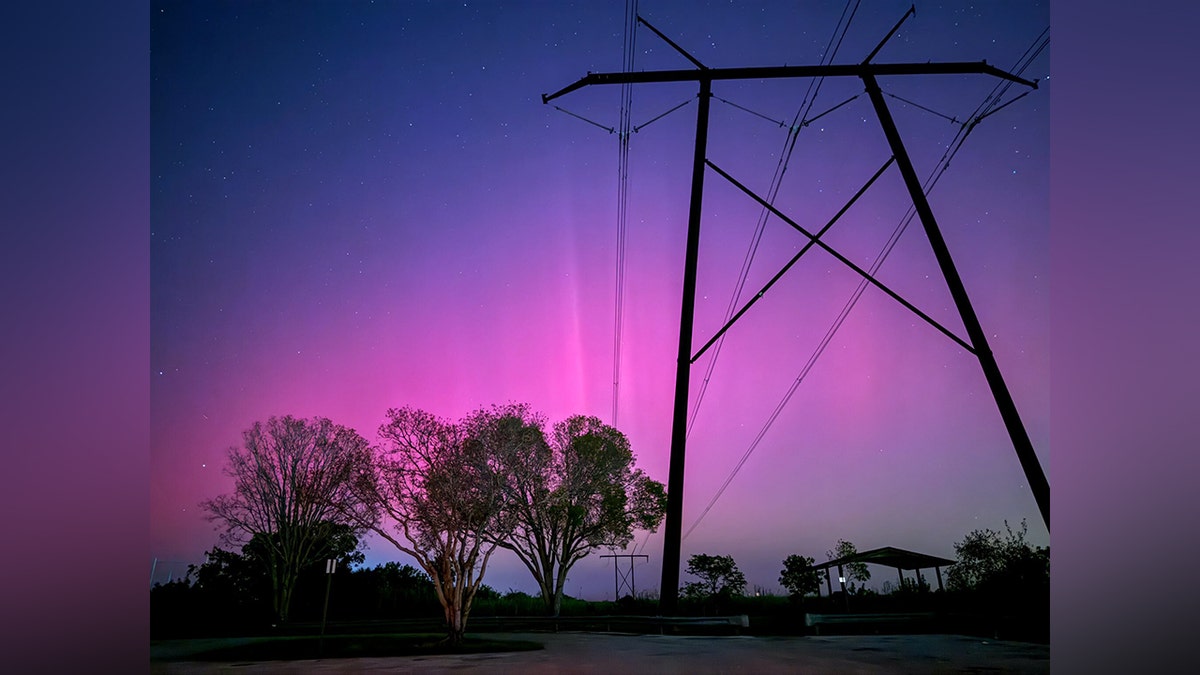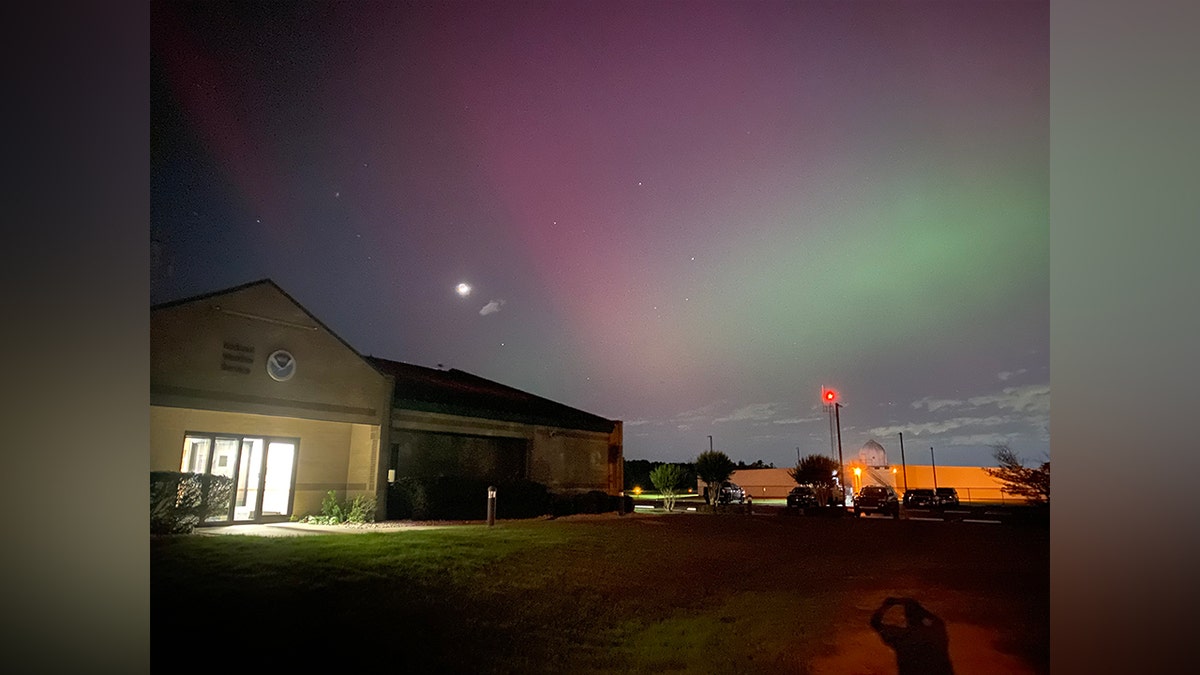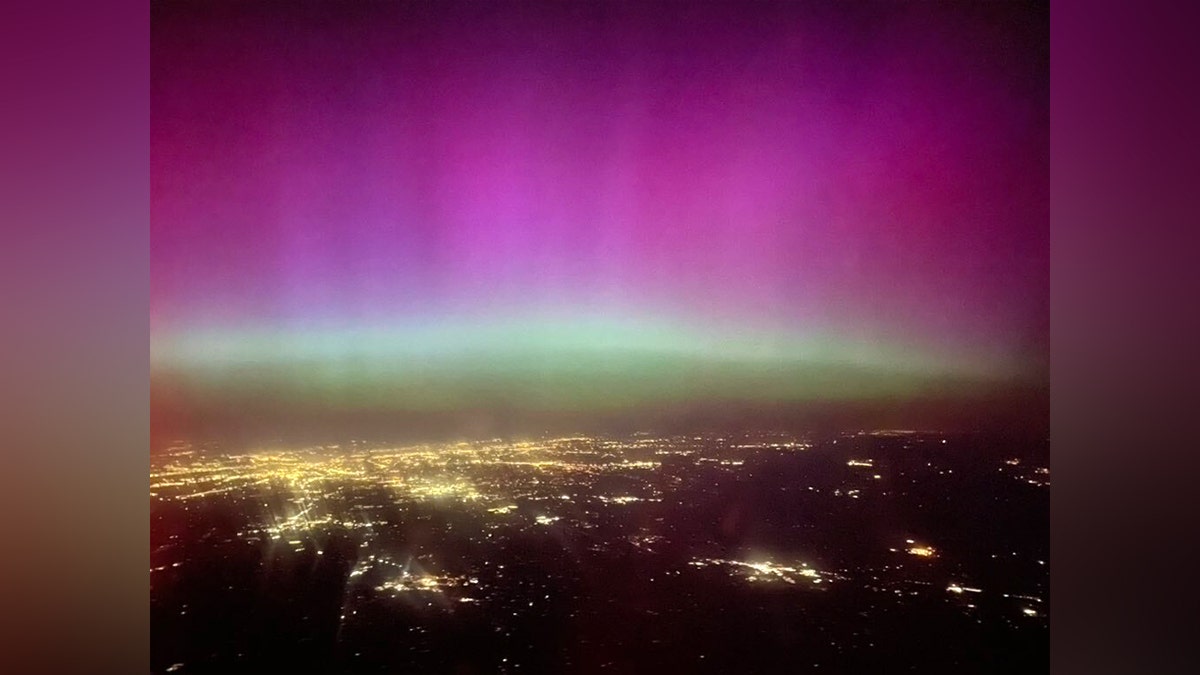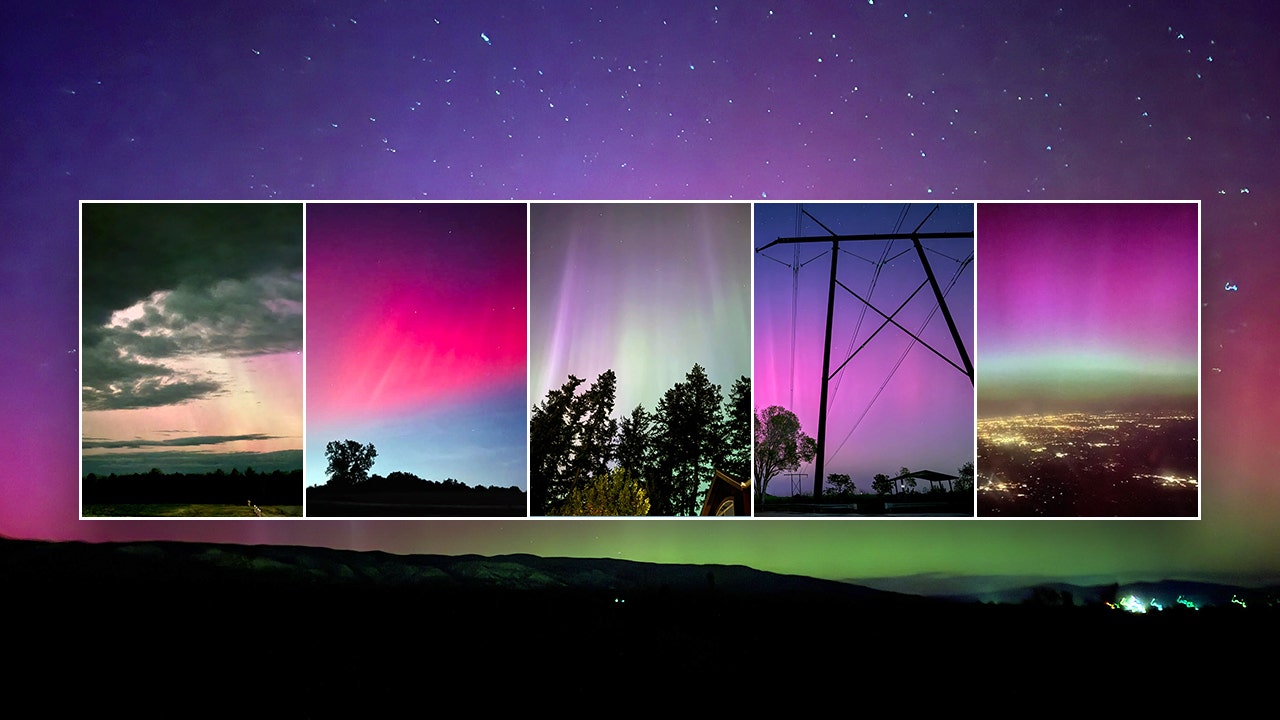
On the night of May 11, 2024, a rare and spectacular display of northern lights, also known as auroras or aurora borealis, graced the night skies across North America and parts of Europe. This event was caused by a severe geomagnetic storm that reached Earth on May 10, 2024. The storm was triggered by a massive solar flare or coronal mass ejection (CME), which sent charged particles hurtling towards our planet.
The northern lights are typically visible in the polar regions, but this geomagnetic storm caused them to be seen as far south as Alabama and the Pacific Northwest. The best viewing of these spectacular displays was reported across the Ohio River Valley through the Midwest.
This phenomenon is a result of increased solar activity that causes energized particles from coronal mass ejections to interact with gases in Earth's atmosphere, creating different colored lights in the sky. According to experts at NOAA's Space Weather Prediction Center and NASA, this storm was the strongest one to reach Earth since October 2003.
The last time a solar storm of this magnitude reached our planet resulted in power outages and damaged power transformers. The effects of the current storm could continue through the weekend, potentially interfering with power grids, communications and navigations systems.
Solar flares are not uncommon, but they can vary greatly in intensity. This particular storm was significant due to its high level of severity and the wide area it affected. The National Oceanic and Atmospheric Administration (NOAA) issued a rare storm watch for the first time in 19 years, which was later upgraded to a warning.
The northern lights are an incredible natural phenomenon that captivate people around the world. They have been observed and documented for centuries, with many cultures attributing spiritual significance to their appearance. For those who were lucky enough to witness this rare display, it was truly a breathtaking sight that left them in awe of the power and beauty of nature.
It is important to note that while these displays are beautiful, they can also have negative effects on infrastructure and communication systems. It is crucial for scientists and experts to monitor solar activity closely to ensure public safety and minimize potential damage.








